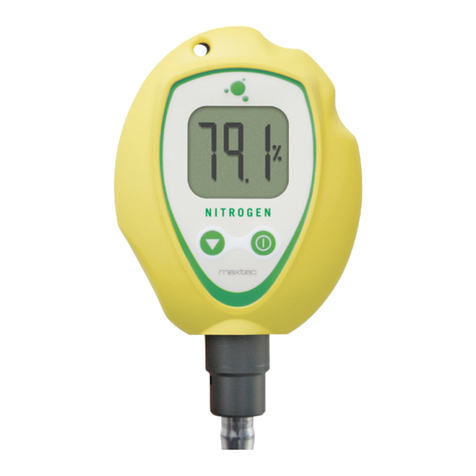Maxtec R217P65 User manual
Other Maxtec Measuring Instrument manuals
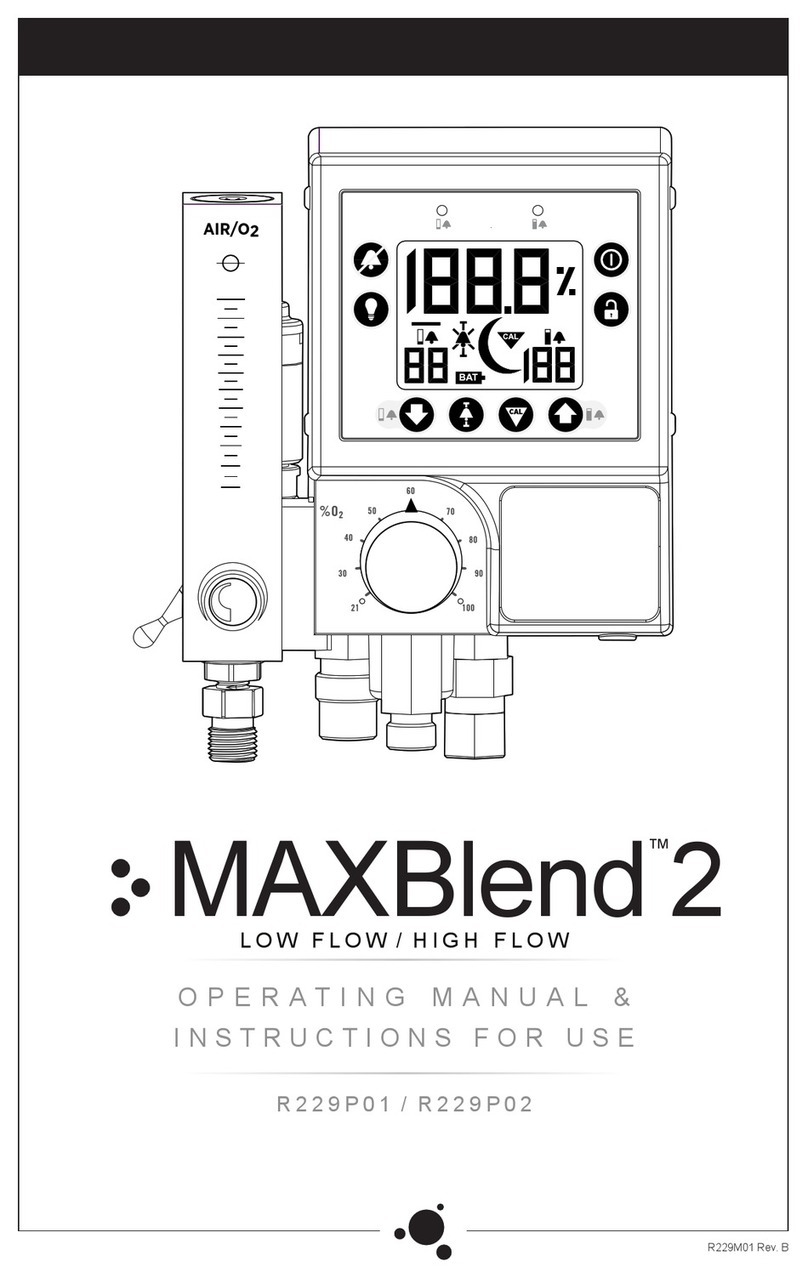
Maxtec
Maxtec MaxBlend 2 User manual
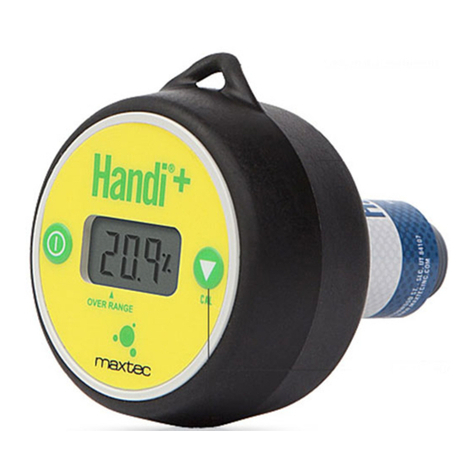
Maxtec
Maxtec Handi+ User manual

Maxtec
Maxtec Handi+ User manual
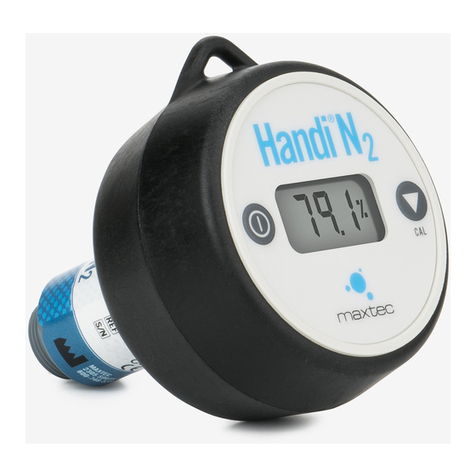
Maxtec
Maxtec Handi+N2 User manual
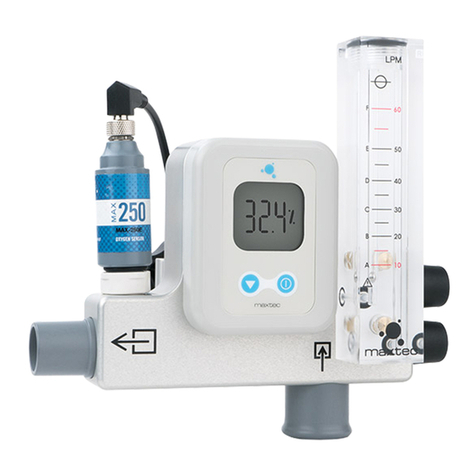
Maxtec
Maxtec MaxVenturi User manual
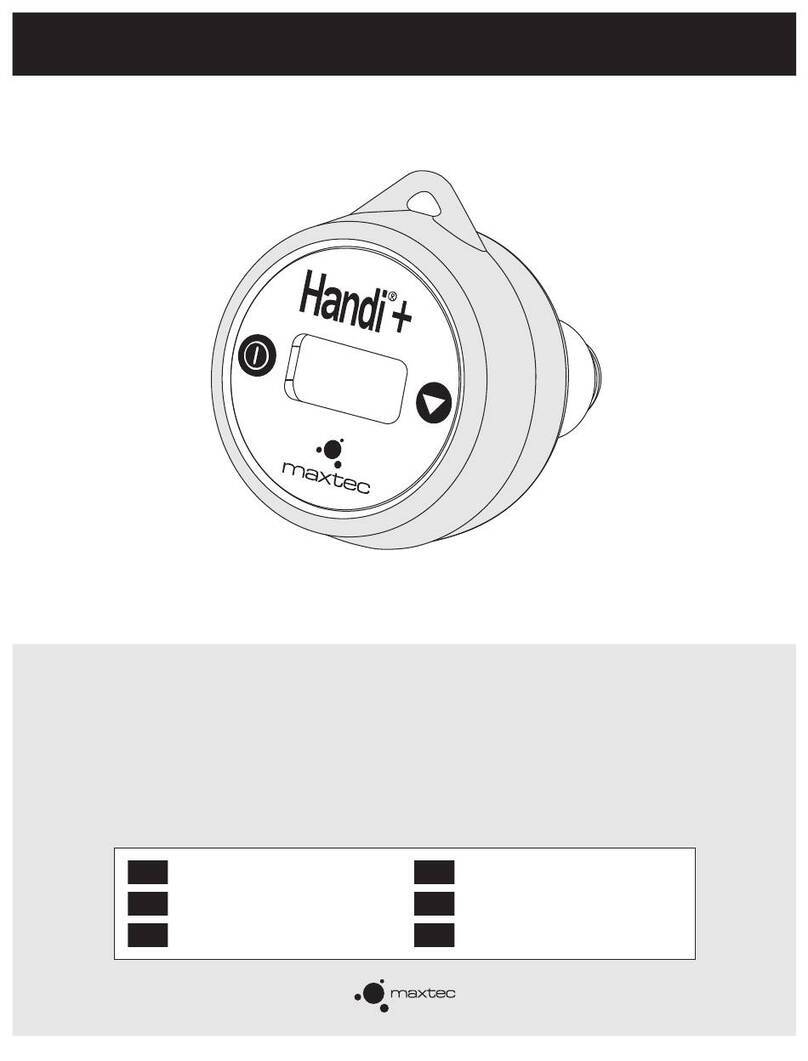
Maxtec
Maxtec RES7002 User manual
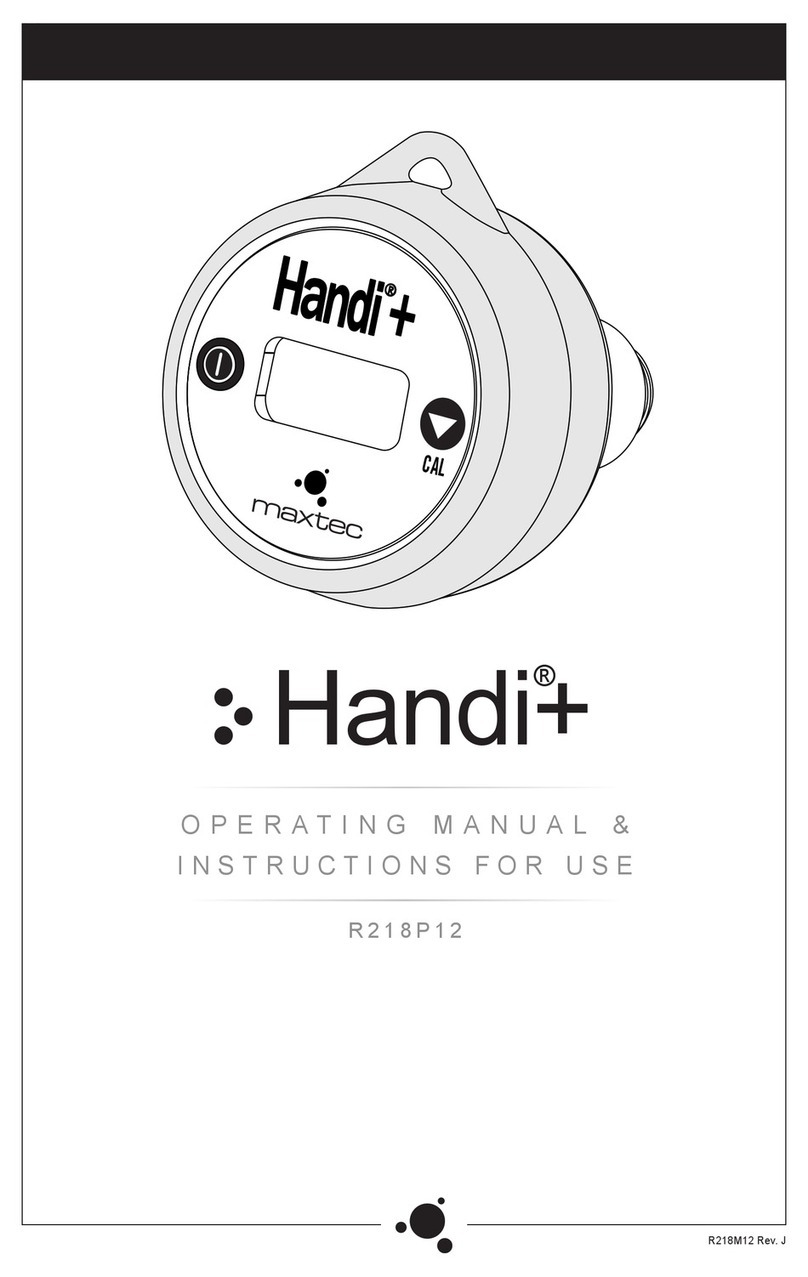
Maxtec
Maxtec Handi+ R218P12 User manual
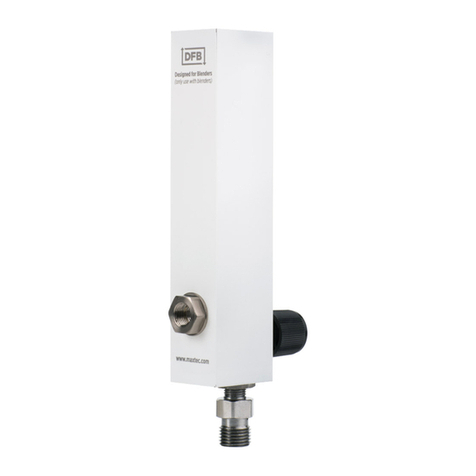
Maxtec
Maxtec R219P99-400 User manual
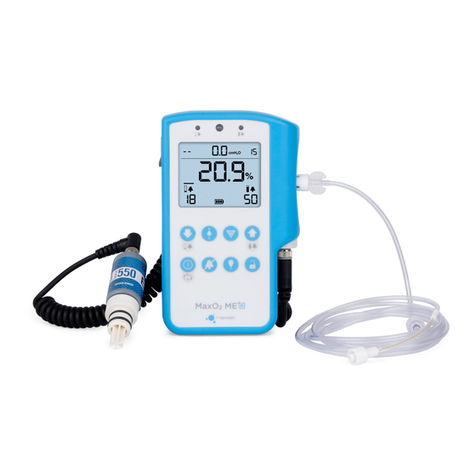
Maxtec
Maxtec MaxO2 ME+p User manual
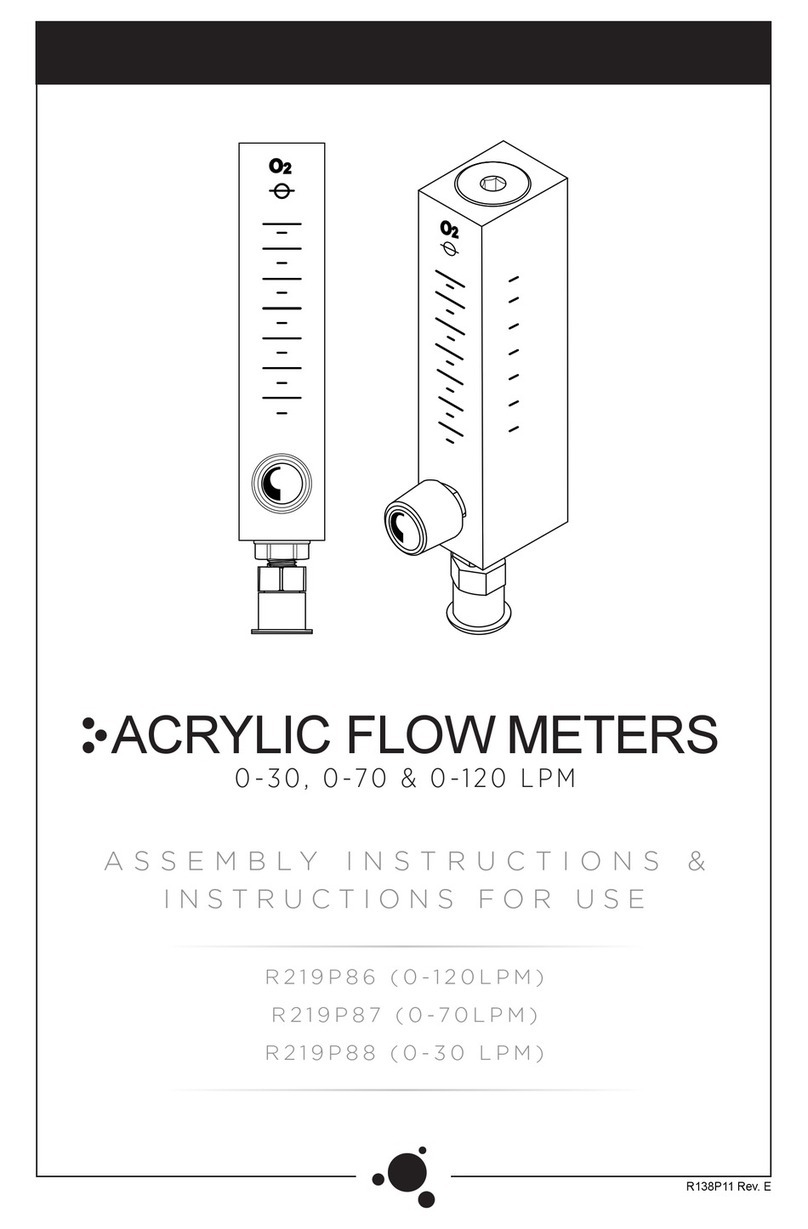
Maxtec
Maxtec R219P86 User manual
Popular Measuring Instrument manuals by other brands

Powerfix Profi
Powerfix Profi 278296 Operation and safety notes

Test Equipment Depot
Test Equipment Depot GVT-427B user manual

Fieldpiece
Fieldpiece ACH Operator's manual

FLYSURFER
FLYSURFER VIRON3 user manual

GMW
GMW TG uni 1 operating manual

Downeaster
Downeaster Wind & Weather Medallion Series instruction manual

Hanna Instruments
Hanna Instruments HI96725C instruction manual

Nokeval
Nokeval KMR260 quick guide

HOKUYO AUTOMATIC
HOKUYO AUTOMATIC UBG-05LN instruction manual

Fluke
Fluke 96000 Series Operator's manual

Test Products International
Test Products International SP565 user manual

General Sleep
General Sleep Zmachine Insight+ DT-200 Service manual
